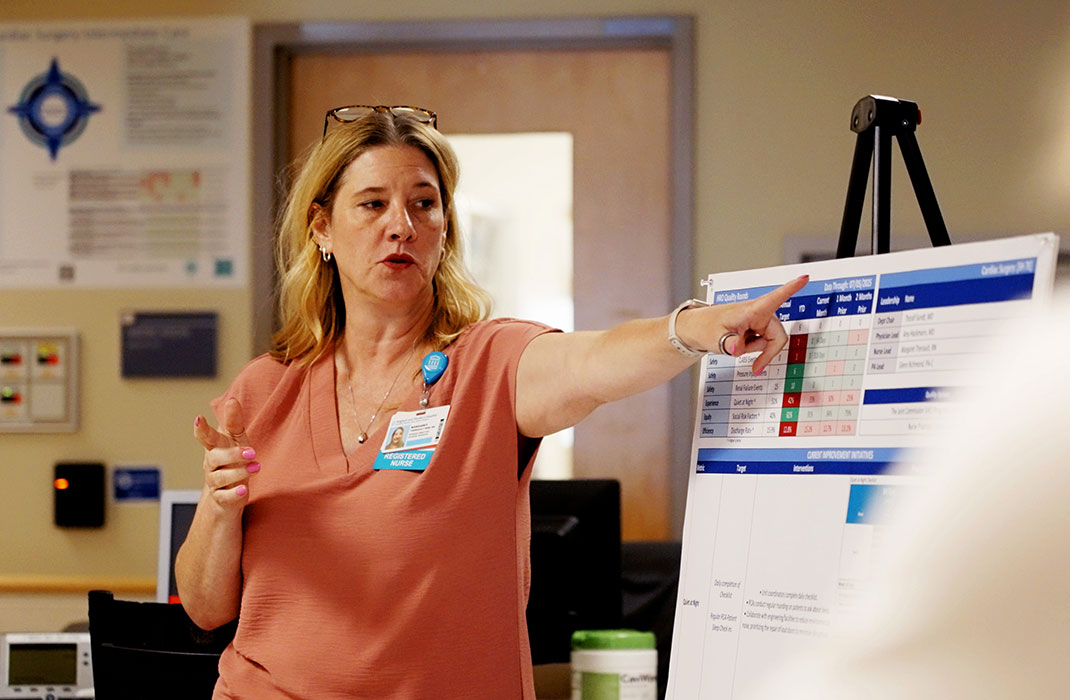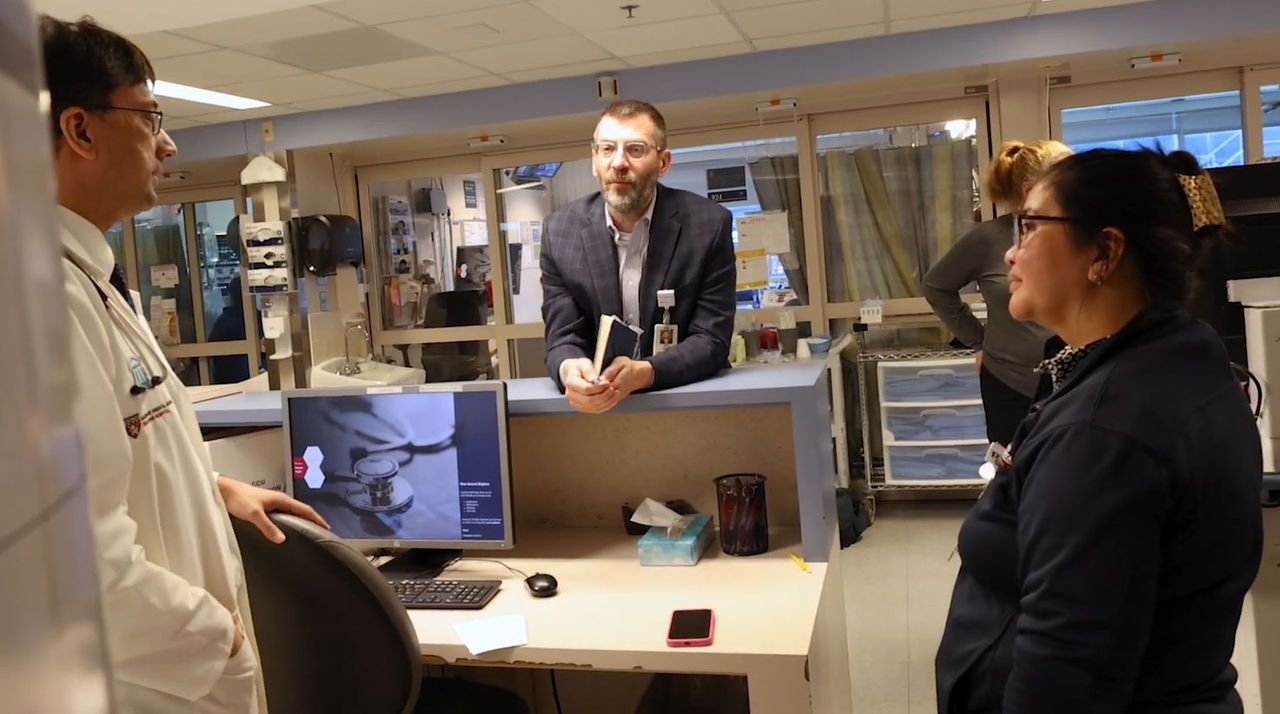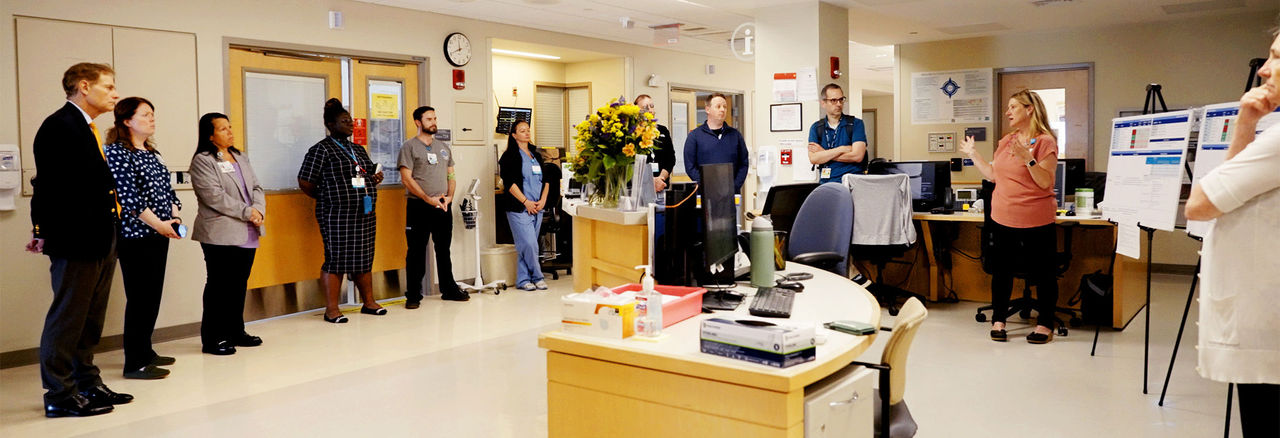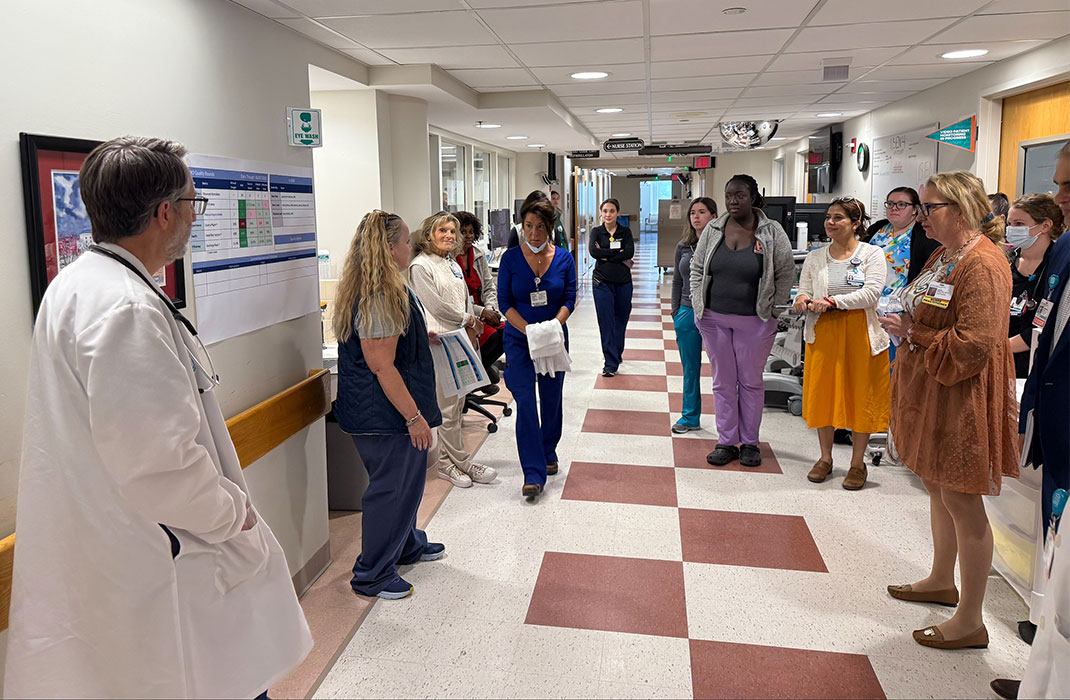-
- Find Care
-
- Visitor Information
- Find a Location
- Shuttles
- Visitor Policies
-
-
-
- Our Virtual Care Options
- Virtual Urgent Care
- Virtual Visits for Primary & Specialty Care
- Online Second Opinions
- Participate in Research
-
- Contact us
-
- For Innovators
- Commercialization Guide for Innovators
-
-
- Research News
- Alzheimer's Disease
- Artificial Intelligence
-
- Overview
-
- Overview
- Getting Started
- New to Mass General Brigham
- International Patient Services
- What Is Patient Gateway?
- Planning Your Visit
- Find a Doctor (opens link in new tab)
- Appointments
- Patient Resources
- Health & Wellness
- Flu, COVID-19, & RSV
- Billing & Insurance
- Financial Assistance
- Medicare and MassHealth ACOs
- Participate in Research
- Educational Resources
- Visitor Information
- Find a Location
- Shuttles
- Visitor Policies
- Find Care
-
- Overview
- Services & Specialties
- We’re One Against Cancer
- Primary Care
- Emergency Care
- Urgent Care
- Virtual Care & Virtual Urgent Care
- Healthcare at Home
- Heart & Vascular Care
- Mass General Brigham Community Physicians
- Rehabilitation
- Sports Medicine
- Hospitals
- Hospital Locations
- Information About Our Hospitals
-
- Overview
- Our Virtual Care Options
- Virtual Urgent Care
- Virtual Visits for Primary & Specialty Care
- Online Second Opinions
-
- Overview
- Participate in Research
-
- Overview
- About Innovation
- About
- Team
- News
- For Industry
- Venture Capital and Investments
- World Medical Innovation Forum (opens link in new tab)
- Featured Licensing Opportunities
- For Innovators
- Commercialization Guide for Innovators
- Contact us
-
- Overview
- Information for Researchers
- Compliance Office
- Research Cores
- Clinical Trials
- Advisory Services
- Featured Research
- Two Centuries of Breakthroughs
- Advances in Motion (opens link in new tab)
- Brigham on a Mission (opens link in new tab)
- Gene and Cell Therapy Institute
- Research News
- Alzheimer's Disease
- Artificial Intelligence
-
- Overview
-
- Overview
- Residency & fellowship programs
- Brigham and Women's Hospital
- Massachusetts General Hospital
- Mass Eye and Ear
- Newton-Wellesley Hospital
- Salem Hospital
- Integrated Mass General Brigham Programs
- Centers of Expertise
- Global & Community Health
- Health Policy & Management
- Healthcare Quality & Patient Safey
- Medical Education
- For trainees
- Prospective trainees
- Incoming trainees
- Current trainees
- Continuing Professional Development
Saving More Lives Through Teamwork, New Approaches
Over the course of a given week, for 15-20 minutes at a time, Mass General Brigham nurses, advanced practitioners and doctors gather in units and clinics for regular high reliability organization (HRO) quality rounds. During these huddles, care team members are empowered to speak up—to identify challenges or problems that might get in the way of their ability to meet our patient care goals.
“We are in the midst of an enormous transformation,” said Jose Florez, MD, PhD, Chair of the Department of Medicine at Mass General Brigham. “I’ve been here for over 25 years, and there’s been a number of initiatives [during that time]. I’m not sure there are many I can count that have had the transcendental impact that this is likely to have when we expand it across the entire system.”
Early results are promising: Our AMCs have seen the rate of observed-to-expected mortality drop precipitously, outpacing the national AMC peer composite benchmark, and placing us in the top tier of AMCs nationally, representing over a thousand lives saved. Similar progress is evident for our community hospitals. These data continue to change each month, but the long-term trend in the past two years demonstrates the success of our unified approach.
Leaders note that improvement takes sustained efforts, and we have much more work to do across all our metrics. “We have come a long way, but we’re kind of at a new starting line,” said Rebecca Cunningham, MD, Chief of Clinical Affairs and a primary care physician for Mass General Brigham.
She pointed to upcoming efforts to adopt the high reliability approach across care settings, “in a way that it’s not just new anymore, but it’s actually the way we do work everywhere.”
A team approach, scaled systemwide
Mass General Brigham first began to organize around a single approach to quality in early 2023, with the formation of a systemwide Office of the Chief Medical Officer. Foundational elements, like a unified measurement system for key quality metrics, were established. A single strategy, For Every Patient, was formally launched that spring, with targeted interventions to improve mortality—all to advance our goal to become the best system in the country for quality, measured this year by mortality improvement.
All these components, leaders say, are necessary to make meaningful progress. “With all teams across hospitals working together toward the same goal, we can make much more meaningful progress than when everyone is working independently, with different priorities, goals, strategies and measurement,” said Tom Sequist, MD, MPH, Chief Medical Officer, Mass General Brigham and a primary care physician at Brigham and Women’s Hospital.
This approach has continued in recent months. Mass General Brigham’s Early Warning System launched in full this year, using real time Epic data and clinical observations to identify patients very early on whose clinical status might be worsening. This allows our care teams to deliver interventions faster to improve outcomes, while better clinical documentation is deepening our understanding of our patient population so we can provide better care.



